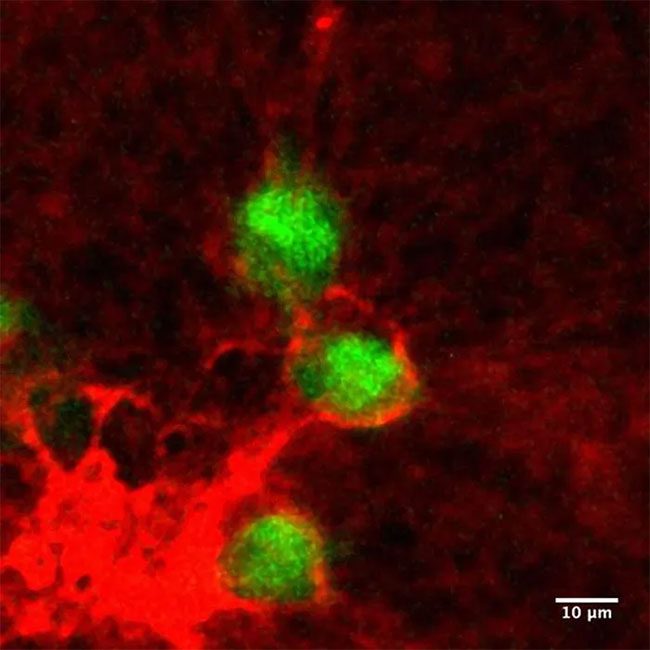Cancer cells can suddenly “wake up” and spread throughout the body after many years of being dormant. Currently, scientists have made significant progress toward answering this mystery.
A recent study published in the journal Nature Cancer reveals that in mice, a specific type of collagen— the main protein that makes up connective tissue—surrounds dormant cancer cells more than it does active cancer cells.

Replacing tumors with scaffolds made from this collagen may prevent the growth of metastatic tumors.
The research team also examined this type of collagen, known as type III collagen, in samples from head and neck cancer patients. Those patients whose cancer had metastasized to lymph nodes tended to have primary tumors surrounded by less type III collagen compared to patients without cancer in their lymph nodes.
In laboratory mice, scientists discovered that the type III collagen surrounding dormant cancer cells appeared to decrease over time, allowing the cancer cells to become active again.
Collagen alters its structure during this process, becoming less wavy and more linear. The researchers also identified a specific process called signaling pathway in which collagen from the tumor changes the body’s chemistry and keeps nearby cancer cells dormant.
The lead author of the study, Jose Javier Bravo-Cordero, an Associate Professor of Medicine, Hematology, and Oncology at the Tisch Cancer Institute, stated that these distinct changes in type III collagen could serve as a useful indicator of whether cancer is likely to spread or metastasize.
The researchers also found that in mice, replacing tumors with scaffolds made from this collagen could prevent the growth of metastatic tumors. If this approach proves effective in humans, it could be applied for cancer treatment in the future.
In the new study, the research team used mice with head and neck cancer and breast cancer to investigate both active and dormant cancer cells.
When introduced into the mice, active cells formed tumors and spread cancer, while dormant cancer cells formed small tumors in isolated areas, remaining non-growing and non-spreading.
Among other tools, the researchers used a specialized form of microscopy to observe cancer cells inside the mice in real-time.
To test whether type III collagen could prevent cancer metastasis and reduce cancer growth in mice, the researchers administered type III collagen to the mice in several ways, including injecting both cancer cells and collagen into the animals simultaneously. As a result, tumors grew slower than those in mice that were only injected with cancer cells.
Dr. Lewis Chodosh, Chair of the Department of Cancer Biology at the Perelman School of Medicine at the University of Pennsylvania, remarked: “Cancer in each patient is highly variable, so it is almost certain that there will be heterogeneity in the dormancy mechanisms of cancer cells. In other words, cancer cells may have many ways of being dormant, and this could just be one of them.”
Future studies will help answer these questions as well as others, such as how long such collagen therapies can keep cancer cells dormant. However, this new research provides us with a clearer understanding of one of the most mysterious and dangerous aspects of cancer development.





















































